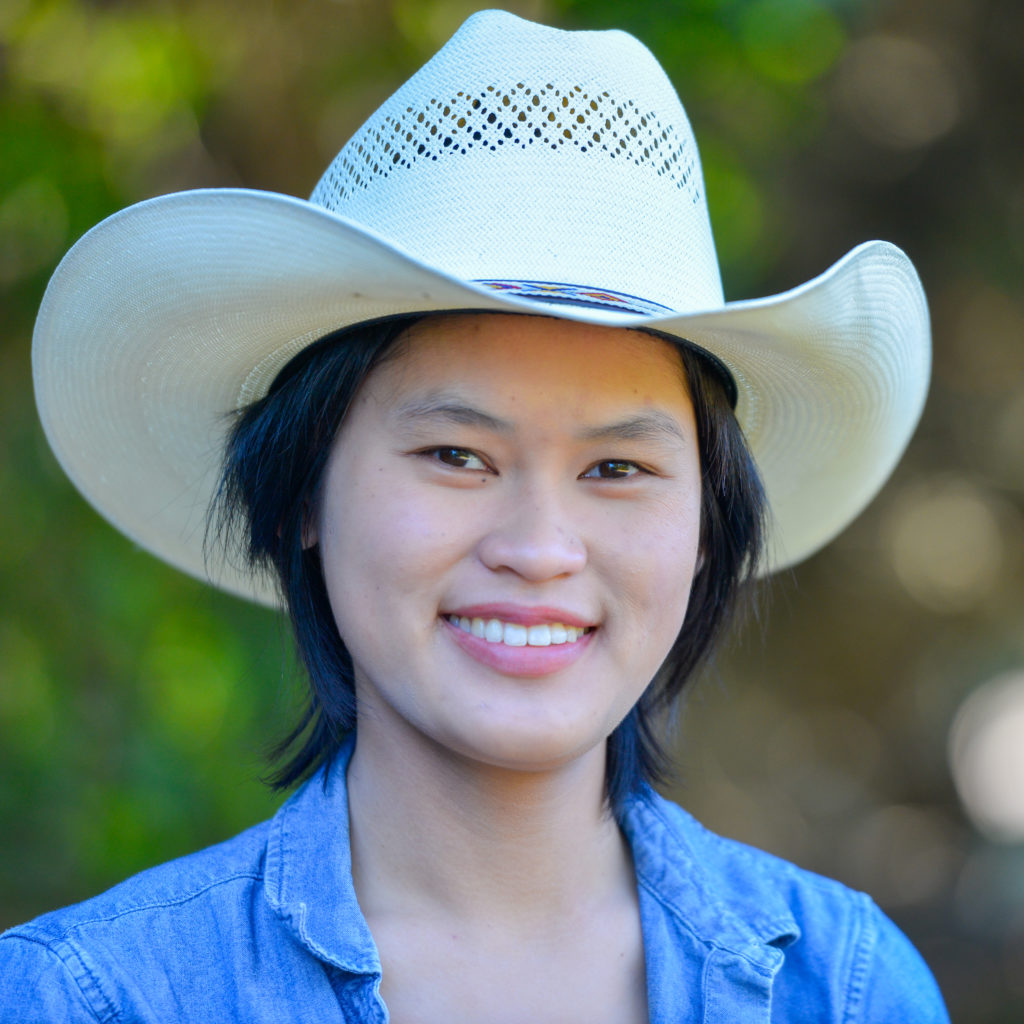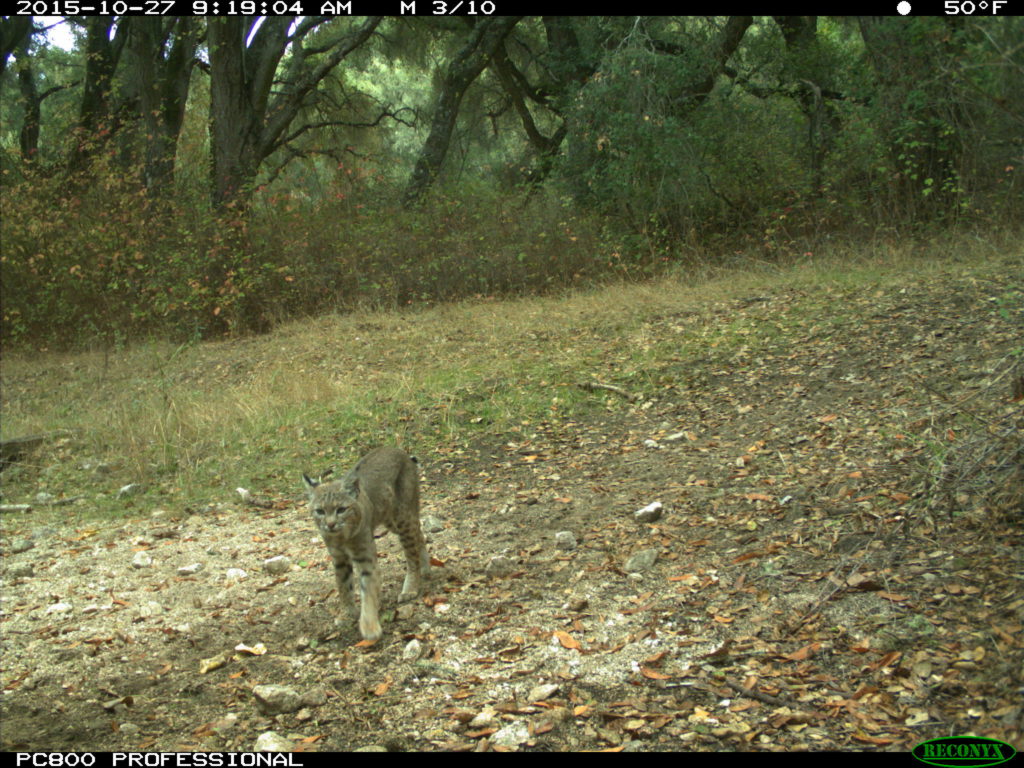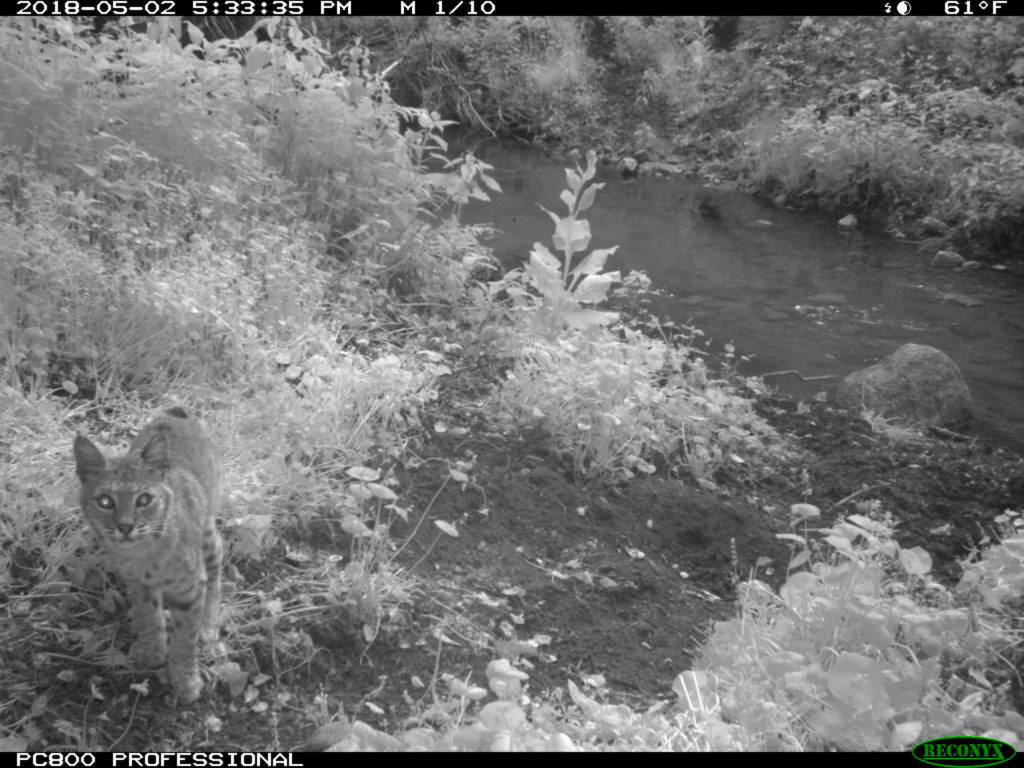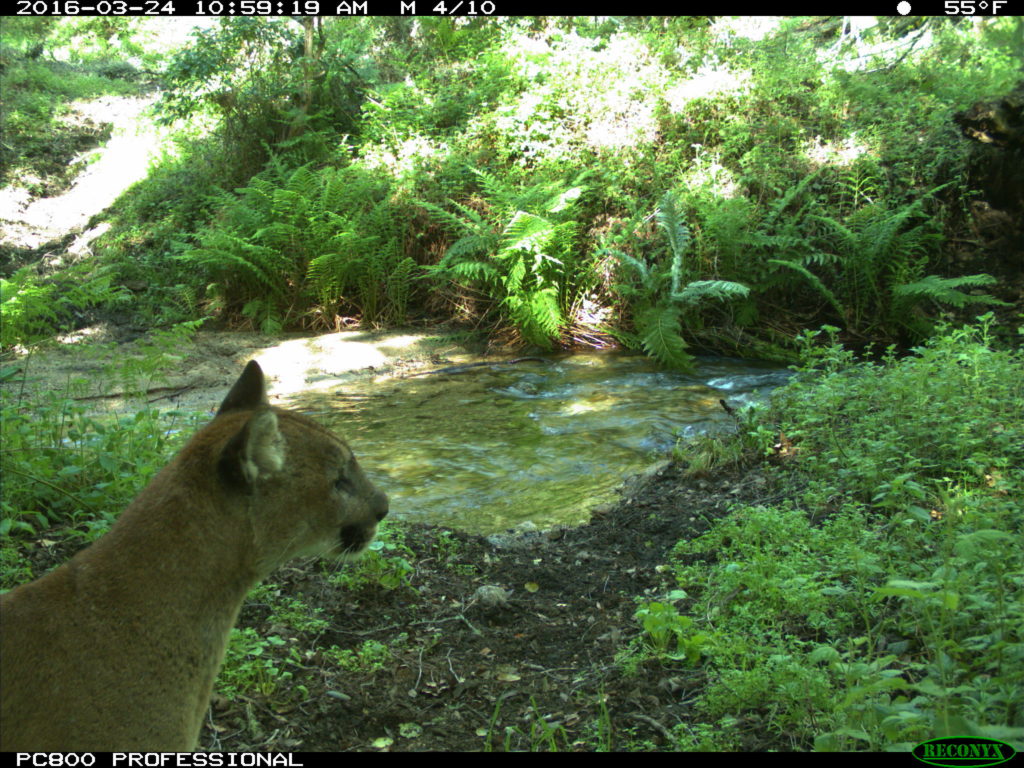When I was in fourth grade, I was completely obsessed with rocks. At nine years old I could name all of earth’s geologic eras. I spent hours upon hours searching for rocks within each classification of the Mohs scale of mineral hardness. While most other children asked for Disney themed birthday parties, I begged for a rock-themed birthday. I even wanted to be a rock when I grew up! My obsession became so extreme that my parents didn’t know what to do with me. They instead called on a lifeline, someone that could help fuel their daughter’s passion: The Preserve’s horse whisperer and wrangler, Alan Drew.
He taught me about the plants and rocks here within the Santa Lucia Mountains. He even took my dad and me on a tour of all the major geologic formations of The Preserve and patiently answered my endless questions. From exploring rocks with cowboy Alan to riding lessons with Erin O’Connor to attending Carmel Bach Festival with Rich Griffith, my life is rife with fond memories of The Preserve.
Naturally, spending so much time in the Preserve’s wilderness inspired me to love nature, and to want to share and protect it; I can’t help but reminisce on the extraordinary memories of weekends spent on The Preserve from childhood. At the same time, as a typical nerdy Silicon Valley kid, I was also fascinated by computers and computer science. By browsing research posters at school and reading my professors’ publications, I learnt that computer science touches every field of study in one way or another. For example, biologists and computer scientists are working together to apply machine learning models to help identify wildlife from trail photos. So cool!
This summer I had just that opportunity to explore the intersection between technology and wildlife research in the adaptation of a data entry platform to the Conservancy’s Where the Wildlife Wanders project. This project is a blend of technology and nature: using motion activated trail cameras to monitor wildlife on The Preserve Lands. The data analysis will also reflect that tech-nature blend by providing the right tools for evaluating and documenting the wildlife captured on these cameras. Over the last two months I have been testing and debugging a program that facilitates data entry. It’s important to say that the data collection and entry would’ve carried on perfectly fine without the program; the program mostly helps automate rote tasks. In this project and others, I have learned that the most important element to research is thoughtful design. Computers and technology are tools to help you get the job done correctly and efficiently.
Bringing it full circle, did you know that computers are made of minerals? For example, silicon (Mohs hardness 7.0) is the primary ingredient in computer CPUs, and aluminum (Mohs hardness 2.5) is the primary component of desktop hard drives. Now, none of the minerals alone can make a computer, but together they make a powerful machine that revolutionized the 20th century and will shape our future. Like the computer, all the components of conservation, such as the science, fieldwork, business management, and supportive community coalesce into a powerful advocate of nature for today and tomorrow. I hope that learning about computers and conservation will enable me to contribute to keeping people and nature thriving into the future.
BY GREER HOFFMANN



